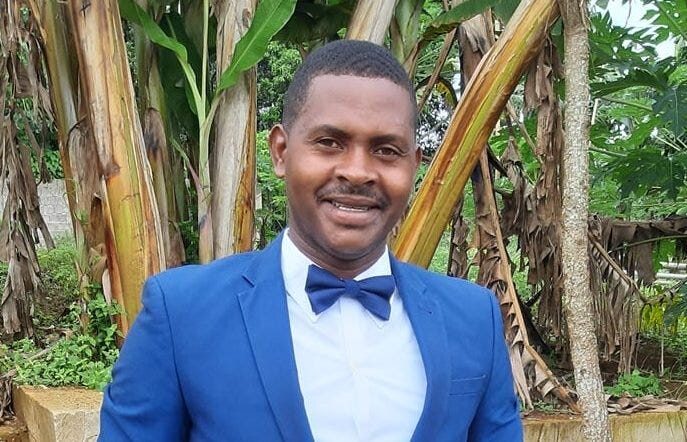SAO TOME AND PRINCIPE VOTES: THE YOUNG FARMER TO WATCH
Abel Bom Jesus, a young farmer and social activist without a university degree, emerged as the favourite among the Santomean diaspora in Sao Tome and Principe’s presidential elections on Sunday 18th July, 2021. 83,598 people of Africa’s second smallest country turned out to vote for 19 candidates. Although not the overall winner, Bom Jesus took fourth place beating 15 other candidates including former ministers and other high ranking politicians. His performance signals a growing discontent with how the country has been governed for the last 46 years.
Carlos Vila Nova of the ADI (Action démocratique indépendante), the party of outgoing President Evaristo Carvalho, leads the race (39%), followed by Guilherme Posser da Costa, from the MLSTP (Movimento de Libertação de São Tomé e Príncipe/Partido Social Democrata) party (20.75%). To win the presidential race, a candidate must obtain an outright majority of the popular vote in either a first or second round of voting. The second round is scheduled for 8 August 2021.
Sao Tome and Principe, made up of two small West African islands, catches the world’s attention courtesy of its spectacular nature, stunning beaches, and friendly people, yet it is one of the “world’s least visited countries.” The election campaign trail has exposed underlying issues of poverty, health challenges, poor education and child trafficking, faced by the citizens of Sao Tome and Principe, making the coming of a new administration a beacon of hope.
Despite these challenges, the country still has an untapped resource of tourism. Citizens and other Africans have invested in the well-being and potential of Sao Tome and Principe. There is a silver lining to look forward to with the rise of a new government.
HERE ARE A FEW THINGS TO KNOW ABOUT THE ISLANDS OF SAO TOME AND PRINCIPE.
HISTORY
The Portuguese discovered Sao Tome in the 15th century, and established some of the first sugar plantations in the tropical Atlantic became established on the island. With the lands initially uninhabited, and the intense labor involved in sugar production, Africans on the surrounding coast were enslaved and moved to the islands. The islands of Sao tome and Principe then became a fully operational slave trade depot for coastal regions.
However, with the rise of slave rebellion between the 17th-19th centuries, and political liberation movements of the 20th centurySao Tome and Principe gained their independence from the Portuguese in 1975.
NAME: The Islands of Sao Tome and Principe were literally named after the Apostle Thomas and Prince Philip to whom sugar taxes were initially paid.
GEOGRAPHY: The islands of Sao Tome and Principe are tropical, volcanic lands located in the Gulf of Guinea, some 1,000 kilometers (600 miles) off the northwestern coast of Africa.
POPULATION: 211,028 in 2018 according to the 2019 revision of the World Population Prospects.
The population remains relatively diverse and includes Africans and ‘Mestiços’ (people born from a mix of African, and European - predominantly of Portuguese heritage)
LANGUAGE: The official language remains Portuguese with the Forro and Crioulo dialects spoken with Portuguese and African elements.
RELIGION: A large percentage (about 97%) has been recorded as Christian, with 85 percent Catholic, 12 percent Protestant, and a less than 2 percent Muslim population.
TOURISM: Tourism activities on the islands would appeal greatly to adventurers and eco-enthusiasts; hiking, deep-sea fishing, snorkeling, swimming, jungle trekking, exploring the unique flora and fauna and bird Watching.
BIODIVERSITY:
These unexplored islands serve as a home to the rarest & most endangered life species, from flora to fauna. However, it is not a home to larger species but makes for a thriving eco-tourism location and lovers of avian species and nature.



